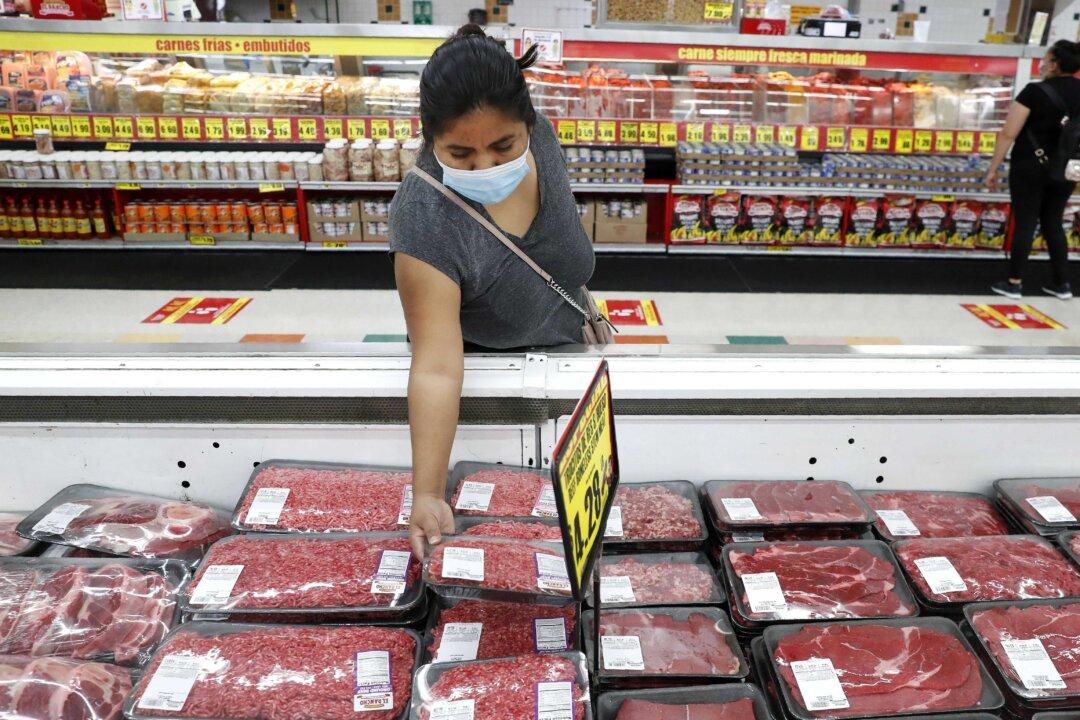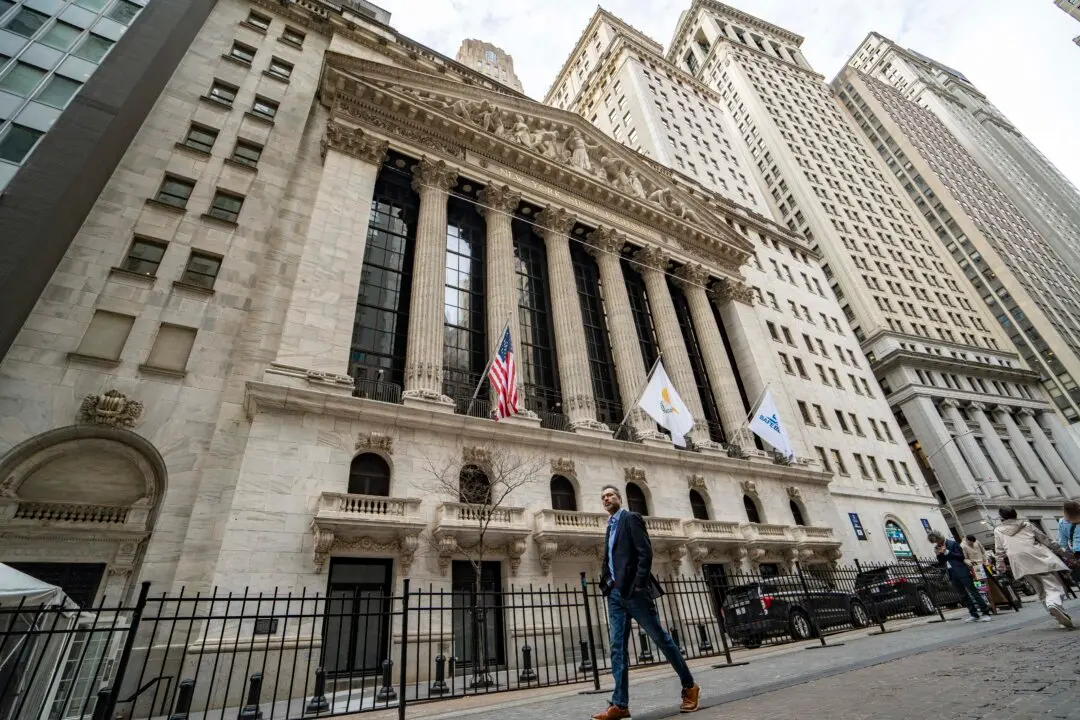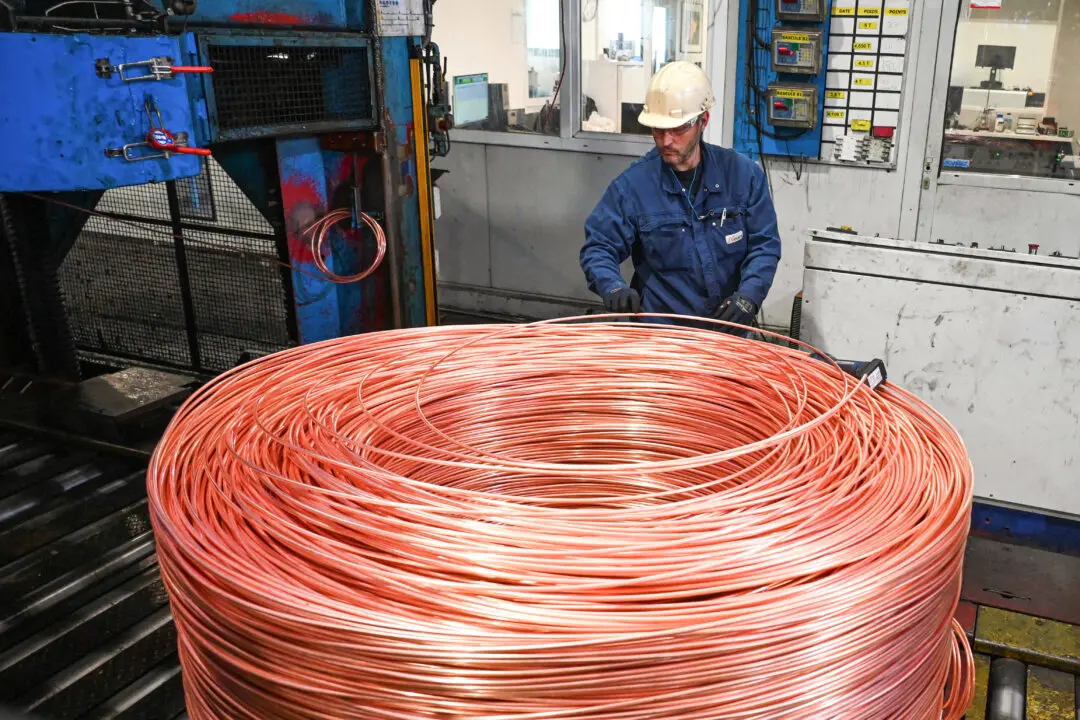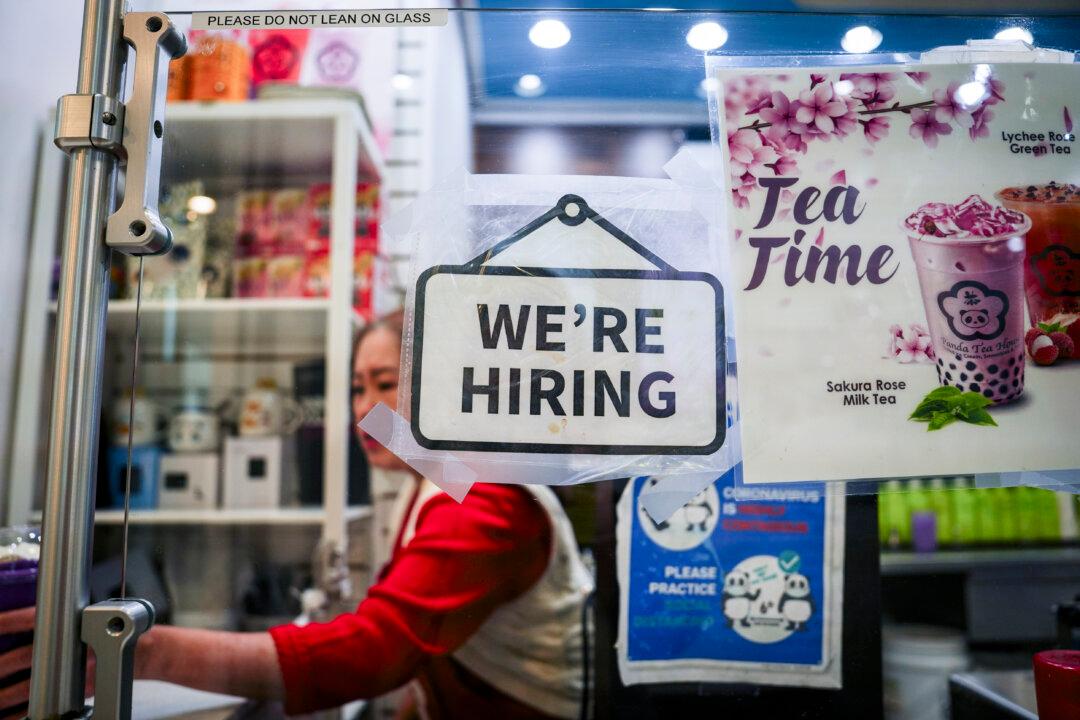Many U.S. households are struggling to keep up with the growing cost of living as food and energy costs skyrocket.
In June, the Consumer Price Index (CPI) revealed that food prices advanced by 10.4 percent, with many staples rising by double digits from a year ago. Bread prices rose by 10.8 percent, chicken climbed by 18.6 percent, eggs soared by 33.1 percent, and milk increased by 16.4 percent.





